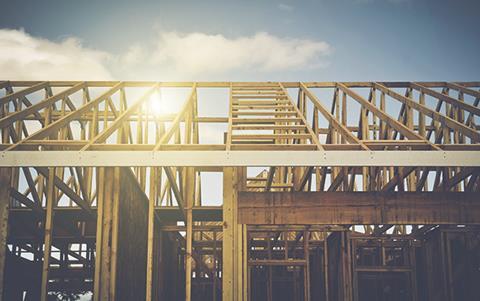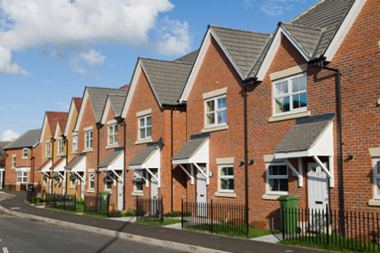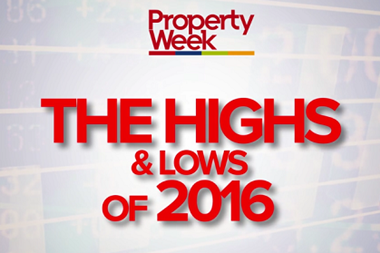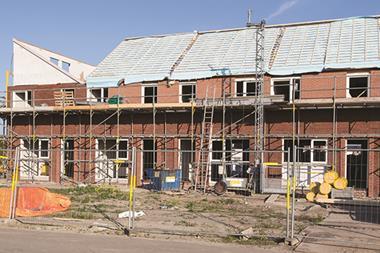In recent years, particularly since political events like Brexit and the US election, we have continued to identify pockets of value for our investors in the ever-expanding commuter belt and beyond and those areas set to gain from infrastructure investment such as Crossrail and HS2.

Following Theresa May’s August confirmation that she will press ahead with former chancellor, George Osborne’s plans to boost infrastructure and devolve power to individual cities, the Northern Powerhouse has experienced an investment surge.
Cities like Manchester, currently the strongest UK property market outside of London, and Liverpool, the second largest regional economy in the north, are doing particularly well. Investors are flocking to the regions to capitalise on rental yields exceeding 6% and we believe this is a trend that is set to continue.
Rental yields to rise
With increasing yields comes increasing demand from the private rented sector. Institutions are actively purchasing more residential units than before limiting the available supply on the market as project completions significantly fail to match the volume of demand. This imbalance, exasperated by the PRS, is likely to result in an uplift in prices in 2017 and beyond.

Areas offering good returns like those in the Northern Powerhouse, make BTL property a more attractive investment than ever before. However, it is important that this is balanced by increased help from the government for first-time buyers.
Impact of Trump
Some have suggested that Donald Trump’s election to the White House might spell good news for the UK property market, but it is too early to tell. Despite the pound recently hitting a three-week high against the dollar, we expect to continue to see an influx of international investors and buyers on the lookout for safe haven markets like London.

The UK capital has long been a stable market with sky-high property demand from both international and domestic buyers. Our usual advice to investors is to consider a hold period of five to ten years so that any further political shocks like Brexit and Trump’s election in 2017 can be outlived.
Call Off Duty
The 3% surcharge on stamp duty for buy-to-let and second homes is damaging the long-term health of the UK housing market. It not only harms the government’s commitment to increasing supply for hopeful first-homeowners but also further growth of this lucrative market.
Call off duty to revive the housing market
If you agree that the government should reform SDLT, support Property Week’s campaign to Call Off Duty by completing our short survey here or tweeting us @propertyweek using #CallOffDuty and telling us what you want. In the new year, we will present your demands to the chancellor.
The buy-to-let market is a big part of the UK economy and investors have placed their faith in property for a number of years. Prices in England and Wales have risen by more than 200% on average over the last twenty years, 446% in the capital alone. It is a rewarding investment for Britain’s hard workers and it is important to keep it that way. We are better off with slower, but sustainable, growth in the long term, especially as it looks like the low interest rate and favourable exchange rate won’t be putting international investors off the UK property market in 2017.

































No comments yet